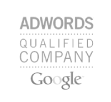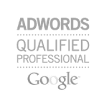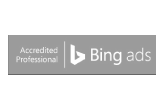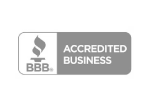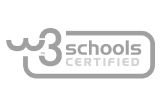Understanding what constitutes a "good" PPC (Pay-Per-Click) conversion rate is crucial for optimizing digital marketing efforts. This rate varies significantly across different industries and platforms, reflecting how effectively your PPC ads turn clicks into desired actions like sales or sign-ups. Whether you are new to PPC or looking to refine your strategy, knowing how to benchmark and improve your conversion rates is essential for maximizing your advertising ROI and achieving your business objectives.
How To Calculate Conversion Rate
Measuring your PPC conversion rate is simple yet crucial for gauging the impact of your PPC campaigns. Here's a PPC conversion rate formula:
Formula for PPC Conversion Rate
Conversion Rate=(Number of Conversions / Number of Clicks)×100
Steps to Calculate PPC Conversion Rate
1. Determine the Number of Conversions:
This refers to the count of specific actions (such as purchases, sign-ups, form submissions, etc.) completed by visitors who clicked on your advertisement. Most PPC platforms, like Google Ads, allow you to track conversions through their built-in tools or integrations with analytics software.
2. Find the Number of Clicks:
This is the total number of times your ad was clicked during a specific period. Your PPC platform’s dashboard provides this data.
3. Apply the Formula:
To find the percentage, divide the number of conversions by the number of clicks, and multiply the quotient by 100.
What is the Average PPC Conversion Rate By Industry

Different industries experience varied average conversion rates due to differing customer behaviors, product types, and competition levels. Here’s a detailed outline of these rates across various sectors.
E-commerce: The average conversion rate is approximately 2.81%, influenced by consumer shopping behaviors and seasonal peaks.
Legal: The average conversion rate is around 7.19%, reflecting the high intent of users seeking legal services.
Health and Medical: The average conversion rate is about 2.51%, and it varies with the type of medical services and regional healthcare trends.
Home Goods: The average conversion rate is around 2.70%, depending on the market and consumer spending power.
Travel and Hospitality: The average conversion rate is approximately 3.55%, influenced by global travel trends and economic factors.
Finance and Insurance: The average conversion rate is about 5.10%, which is high due to the critical nature of the services offered.
Education: The average conversion rate is around 3.58%, affected by institutional reputation and course offerings.
Platform-Specific Rates
The average PPC conversion rates vary by platform, reflecting how different platforms cater to various advertising needs and audience behaviors:
Google Ads: Google Ads typically sees average conversion rates ranging from about 3.1% to 6% for search ads. This variation can depend on factors like industry, ad quality, and specific PPC campaign settings.
Microsoft Ads (formerly Bing Ads): Conversion rates on Microsoft Ads generally hover around a bit lower than Google display network, with reported averages suggesting a slightly less engagement, potentially due to different user demographics and search behaviors.
Amazon Ads: Amazon, a retail-centric platform, shows significantly higher conversion rates, often reaching around 10%. This is likely due to the commercial intent of most searches on Amazon, where users are typically further along in the buying process.
Each platform provides distinct benefits based on your business model, target demographic, and marketing objectives. Google Ads provides a broad reach with robust tools for targeting and optimization, Microsoft Ads can offer a cost-effective alternative with less competition, and Amazon Ads are ideal for direct product sales with high intent to purchase.
What is a Good PPC Conversion Rate
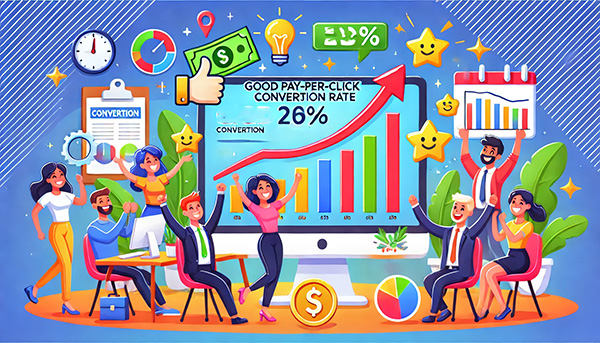
A "good" PPC (Pay-Per-Click) conversion rate varies widely depending on industry, platform, and campaign goals, but generally, it falls between 2% and 5% across various industries. Achieving rates of 10% or higher is often considered excellent but depends heavily on the specific context of the campaign, including the industry, platform, and targeted audience.
Generally, it can take 3 to 6 months to observe substantial enhancements in PPC conversion rates. This timeline allows for adequate data collection, testing, and optimization cycles. Yet, consistent effort and adaptation are crucial to sustaining and enhancing conversion rates over the long term.
What is a Good PPC Conversion Rate For You?
If you are just starting out and don't know what you should expect to see, you can look at your analytics and note down the current organic traffic conversion rate. Your PPC conversion rate will be lower than organic search conversion rates since those users won't be as familiar with your brand as organic search traffic users. From the organic conversion rate, you can estimate your PPC conversion rate to start at least 50% less and improve as you optimize. Every business varies, but this method provides a reliable estimate for PPC conversion rates.
7 Steps to Ensure Excellent PPC Conversions
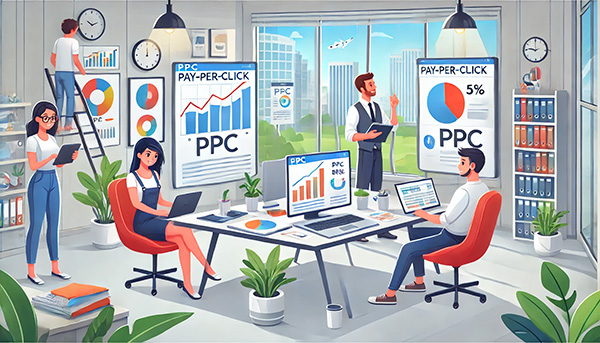
Achieving a good PPC conversion rate involves several key steps. By adhering to the steps outlined below, you can boost the overall conversion rate and optimize the efficiency of your PPC campaign.
Keyword Research
Achieving a strong PPC conversion rate requires a comprehensive approach, starting with thorough keyword research. This foundational step is critical as it sets the stage for the entire campaign. Start by identifying high-intent keywords that your target audience will likely use when searching for your products or services. Use effective tools such as Google Keyword Planner, SEMrush, or Ahrefs to identify pertinent keywords that have high search volume and low competition. Prioritizing these keywords helps attract qualified traffic to your website, increasing the likelihood of conversions.
Ad Copy Optimization
Once the keywords are in place, the next step is ad copy optimization. The goal here is to craft clear, concise, and compelling ads that resonate with your audience and highlight your unique selling points. Effective ad copy should address the pain points of your potential customers and offer a solution that sets you apart from competitors. Include strong calls to action (CTAs) such as "Buy Now," "Get a Quote," or "Learn More" to guide users toward taking the desired action. Continuously review and refine your ad copy to maintain its relevance and effectiveness.
Landing Pages Optimization
The landing page conversion rate is as important as your PPC conversion rates. In addition to optimizing ad copy, ensure your landing pages closely align with your ads and keywords. Consistency between ad copy and landing page content is essential for building user trust and driving conversions.
Additionally, focus on enhancing the user experience by making the page easy to navigate, mobile-friendly, and quick to load. A well-crafted landing page should feature clear and compelling CTAs that direct visitors toward taking action and converting. Ensure that all elements on the page, from headlines to images, work together to provide a seamless and compelling user experience.
A/B Testing
Continuous improvement is facilitated through A/B testing various elements like headlines, ad copy, images, CTAs, and landing page layouts. A/B testing involves comparing two versions of web pages or ads to determine which performs better. By systematically testing different elements, you can gather data on what resonates most with your audience. Analyzing the results from these tests will help you determine the best-performing variations to implement, thereby optimizing your campaign for higher conversions.
Audience Targeting
Targeting the appropriate audience is crucial for optimizing the effectiveness of your PPC campaign. Define your audience using demographic, geographic, and psychographic insights to ensure your ads reach the most relevant users. Employ retargeting PPC campaigns to reconnect with users who have previously engaged with your site but did not convert. Retargeting helps maintain brand visibility and encourages potential customers to return and finalize their purchase.
Continuous Monitoring and Adjustment
Continuous monitoring and adjustment are also necessary—track performance using analytics tools to gain insights into how your campaign is performing. Modify bids and budgets according to performance metrics to optimize your return on investment (ROI). For instance, you might increase bids for high-performing keywords or reduce spend on underperforming ones. Moreover, regularly update your list of negative keywords to prevent unnecessary spending on irrelevant searches. This practice ensures efficient budget allocation, focusing solely on relevant and high-intent traffic.
Conversion Tracking
Finally, conversion tracking should be set up with tools like Google Analytics to monitor conversions and gather insights on user behavior. Conversion tracking enables you to identify which ads and keywords lead to conversions, offering valuable insights to refine your optimization strategies. By analyzing conversion paths, you can better understand the customer journey and pinpoint potential drop-off points where users abandon the process.


